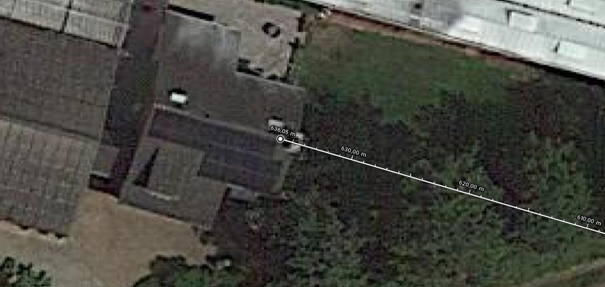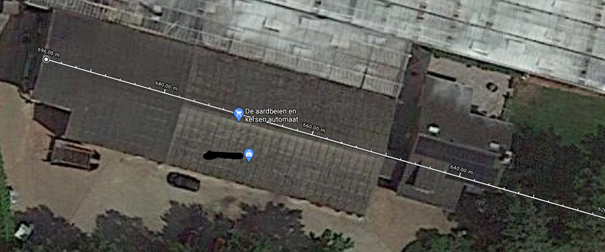Blog 4: Antenna placement
31. March 2021

Not difficult, but very important.
Our motto is "If it's in the air we'll get it out. In our courses, a significant portion of the time is devoted to determining where to place the antenna. In vehicles and shipping this is a different business than fixed locations, in this piece I focus on fixed locations.
One of the most frequently asked questions is why an outdoor antenna is needed if the cell phone has enough dashes. I understand the question from the perspective of installation work and cost. However, do you want to start with a backlog? You generally aren't going to charge a Tesla with a house connection either if a fast charger is available. The mobile signal is many times stronger outside the building than inside the building, in addition, the equipment and lighting in the building also produce interference signals. Placing the antenna outside the building attenuates these interference signals. Instead, you want to receive the high frequencies, because that is exactly what makes an Internet connection fast.
How to determine the optimal antenna position? For this there are several useful websites. In this blog I assume a location in the Netherlands, this is also applicable in the rest of the EU27 via other websites. The website www.antennekaart.nl/4g gives you an overview of masts and their properties. Via the website www.maps.google.nl you can draw lines of sight.
A line of sight (or line of sight) is the line between the 4G transmitter mast and the property with the antenna. The line of sight helps determine if there are obstacles between the property and the transmitter mast. For example, a transmitter mast at a greater distance may be more optimal because there are no obstacles between it.

Figure 1 : The above example shows that there are no obstructions, this transmitter mast seems optimal and very close (<700M).
The antenna is optimally positioned if:
- 60-100cm above the ridge of the property.
- Has an unobstructed view in all directions.
Can see the transmission tower without obstacles.
Now you can zoom in on the client's property and determine the optimal position of the antenna. Zooming in on the property itself shows that it is surrounded by a row of trees, the leaves provide attenuation of the higher transmission frequencies in the summer. If possible, you want to get above the trees with the antenna.


In Figure 2, you are close to the trees, requiring a long mast to rise above the trees. In this location, however, it is also possible to place the antenna on the shed. A has mast often has a length of more than 30 meters, so in this case the antenna and mast can see each other.
To put this into numbers:
- The transmitter mast has a height of 32 meters.
- The ridge of the shed is 10 meters high.
- The antenna is placed 1 meter above the ridge , the height of the antenna is 11 meters.
- The tree is 12 meters tall.
- The distance between antenna and transmitter mast is 700 meters.
- The distance between antenna and tree is 70 meters.
Calculating:
- The height difference between the antenna and transmitter mast is: 32 -11 = 21 meters.
- The rise is the height difference divided by the distance between antenna and transmitter mast: 21/700 = 0.03m rise per meter distance.
- The height of the line of sight is: 11 (antenna height) + 2m10 (= 70 (distance between antenna and tree) * 0.03 (the rise)) = 13m10.
- The height of the tree is 12 meters, the line of sight is 13m10, the conclusion is that also the tree will not cause nuisance.
By cleverly placing the antenna, the customer gets the perfect connection and can also expect speeds averaging over 100Mbps/30Mbps.
